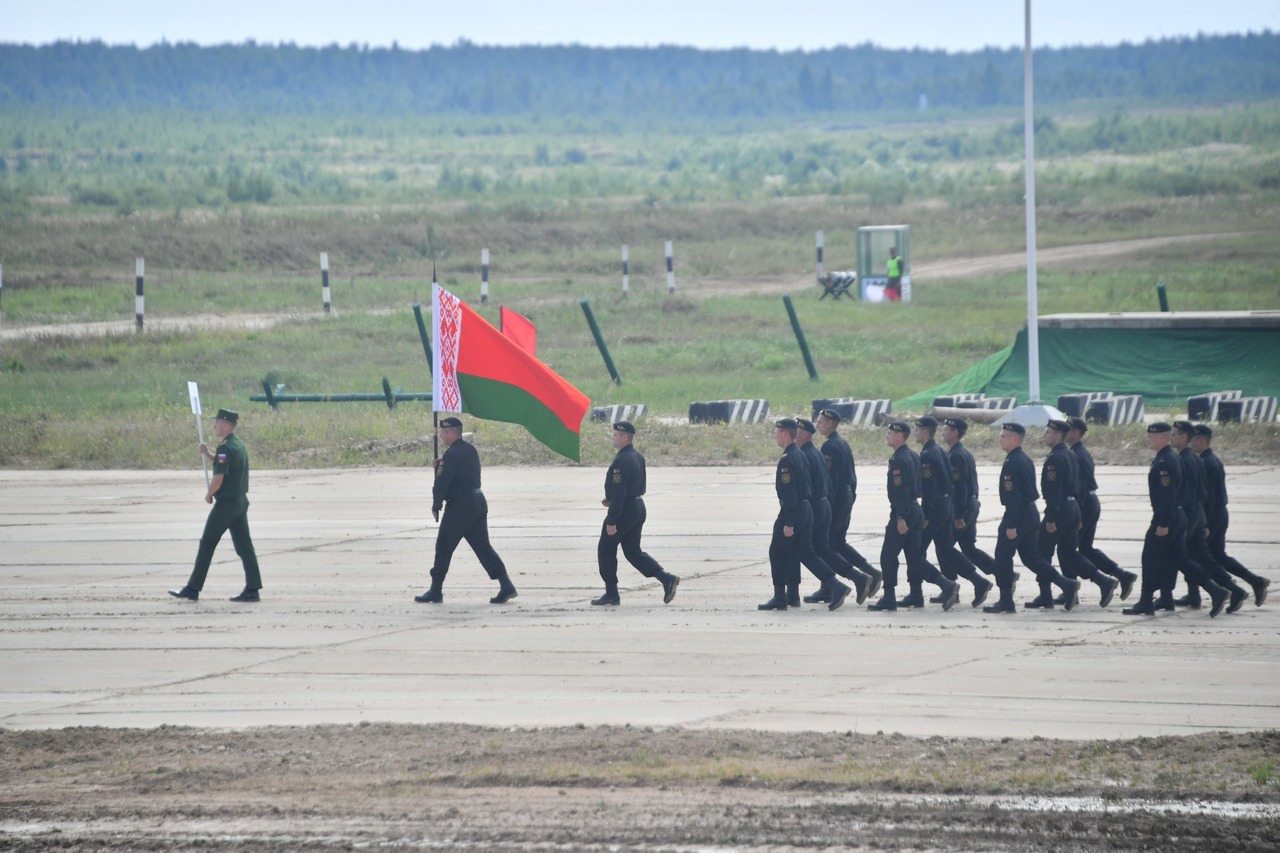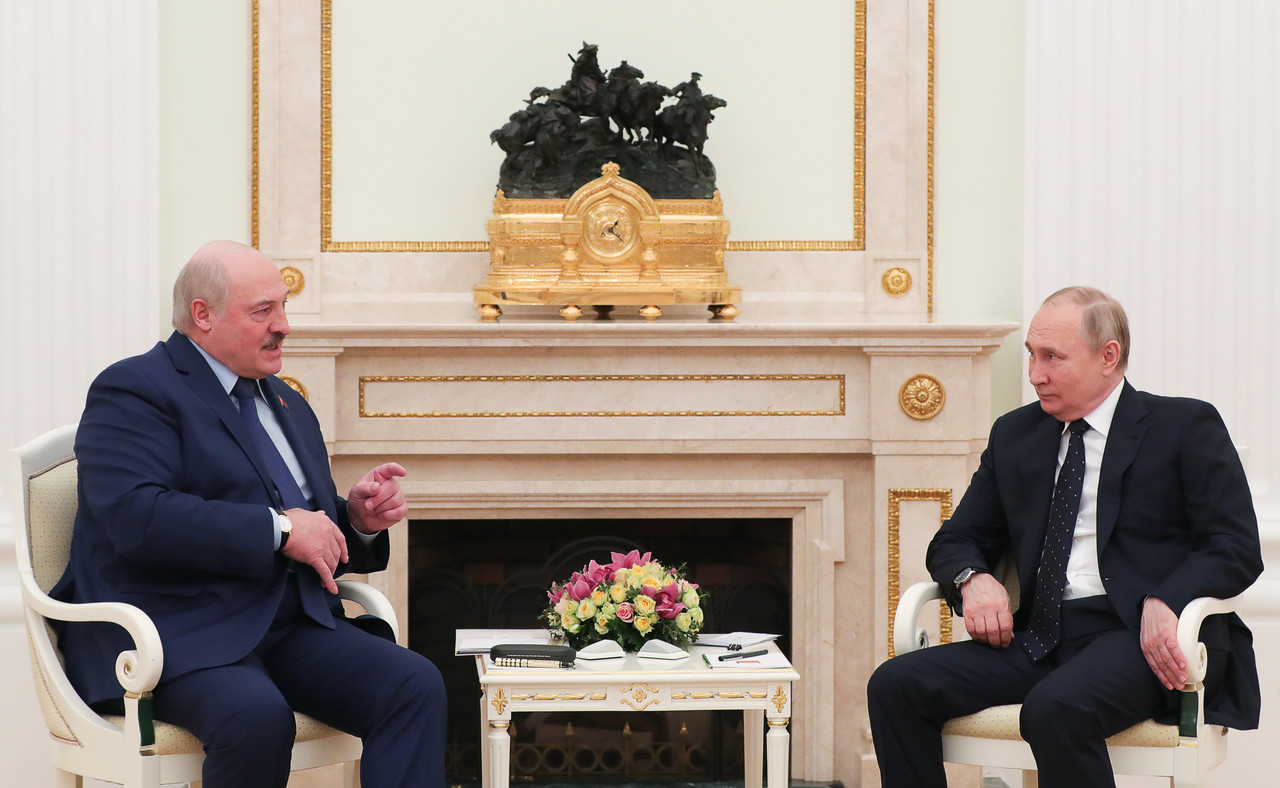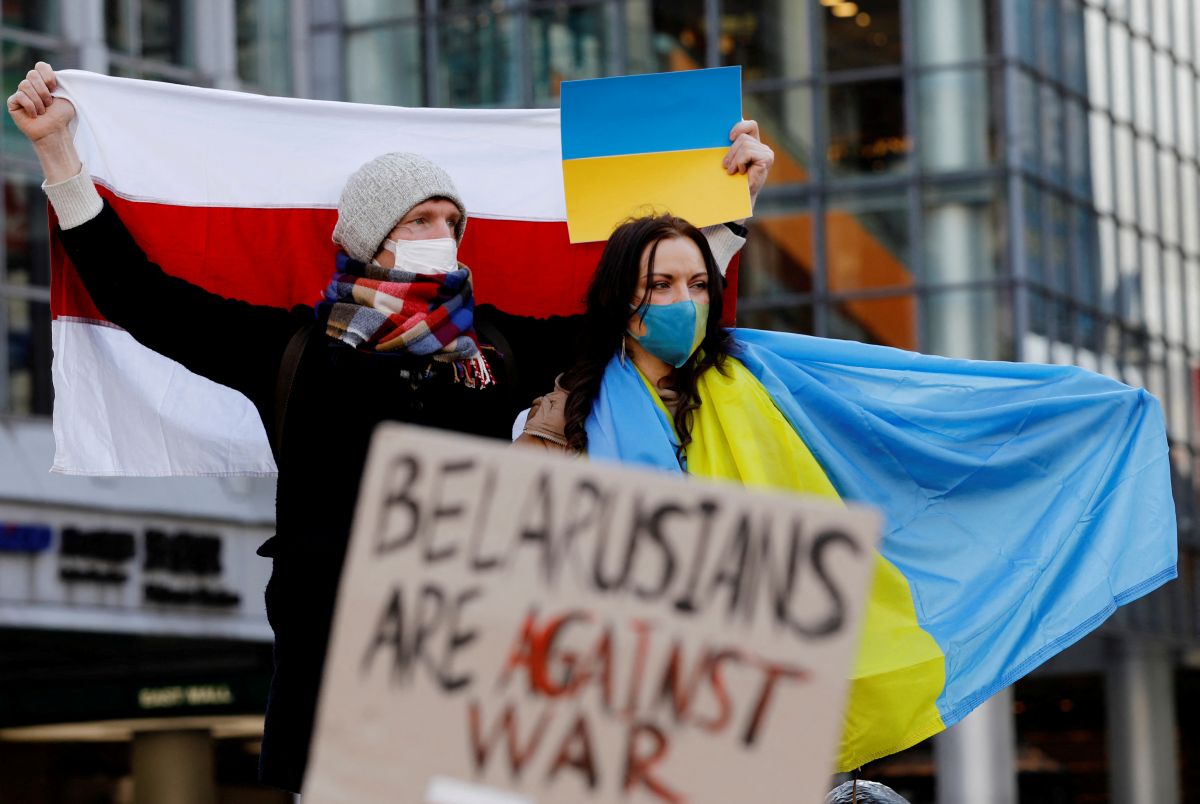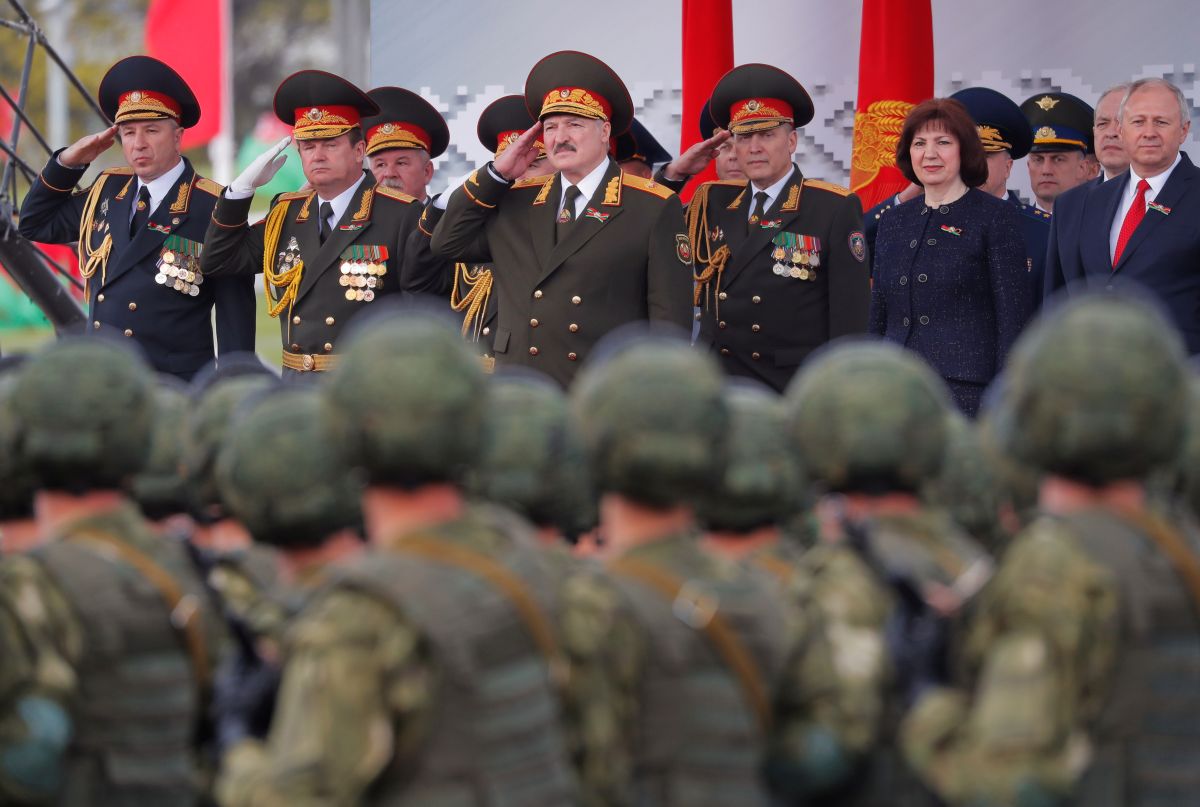Belarus Announces the Formation of a Regional Forces Group with Russia
On 10 October, Alexander Lukashenka announced the first-ever formation of a Regional Forces Group (RFG) of Belarus and Russia on Belarusian territory. At the same time, he announced a test of the combat readiness of the Belarusian armed forces and a state of increased terrorist threat. These actions may prove that Lukashenka does not want the direct involvement of Belarusian troops in the war in Ukraine. Although he emphasised the need to respond to the perceived threat posed by NATO countries, especially Poland, Lukashenka may refuse to send his forces into battle. However, the Regional Forces Group poses an additional challenge to the Ukrainian defence and may be used by Russia to escalate tensions with NATO.
 Komsomolskaya Pravda/ Russian Look/ FORUM
Komsomolskaya Pravda/ Russian Look/ FORUM
What is the Regional Forces Group of Belarus and Russia?
The main task of the Regional Forces Group (RFG), which includes units of the armed forces of both Belarus and Russia, is to protect the Union State of Belarus and Russia. Forming an RFG takes place at the request of either country and with a clear indication of a risk. Actions taken in previous years indicate that the RFG includes the Armed Forces of Belarus and some units of the Western Military District (MD) of Russia. The units forming the RFG exercise regularly and the greatest tests of their abilities are the Zapad and Union Shield manoeuvres, carried out alternately at two-year intervals. However, for the February Allied Resolve drills, Russia decided to send units from the Eastern MD, which showed that it could freely shape the composition and size of the RFG.
When announcing the decision to start forming the RFG, Lukashenka pointed to a threat posed by NATO countries, including Poland, which is modernising its units stationed in the east of the country. In response to the Belarusian request, Russia will send up to 9,000 troops with equipment (including 170 tanks, 200 armoured vehicles). The first components of the Russian ground forces arrived in central and northern Belarus on 15 October. On 16 October, Russia began shifting an aviation component. Their official task is to support the Belarusian Armed Forces in the protection of the border with NATO.
What other activities accompany the creation of the RFG?
On 11-12 October, a comprehensive check of the combat readiness of two separate mechanised brigades and one assault was carried out in Belarus. Moreover, on 14 October, the Belarusian authorities admitted that due to the tense situation on the western border, a state of “increased terrorist threat” had been introduced. This means that—irrespective of the formation of the RFG—the Belarusian services, mainly the KGB, have been given additional opportunities to conduct operations along the border with NATO countries. Earlier, on 10 October, Lukashenka signed a decree that subjected the security organs, including the KGB, only to the president of the state (so far they were also subordinate to the government and the State Security Council). Autumn conscription to the army is also taking place in Belarus. In addition, according to unofficial information, the mobilisation of reservists mainly responsible for logistics and provisioning issues is underway as well. This may indicate that Belarus, on an even larger scale than before, will support Russia’s rear guard.
What is the purpose of the actions taken?
By pointing to a growing threat posed by NATO countries, the Belarusian authorities may wish to avoid the direct involvement of their armed forces in military operations in Ukraine. The formation of the RFG and the declaration of a state of increased terrorist threat is to additionally strengthen the message about some danger coming from the countries of the Eastern Flank. However, the actions of the Belarusian authorities increase the Russian military presence in that country and thus increase tensions both in relations with Ukraine and NATO countries. Although the reopening of a front towards Kyiv with the use of Belarusian forces is unlikely for now, the Ukrainian side continues to emphasise the significant threat posed by Belarusian forces near its territory, and Belarus has made its airspace available to Russia to attack Ukraine. The need to consider the possibility of an attack from Belarus also limits the Ukrainian forces and resources that can be shifted to the east and south of the country.
How does Belarus support the Russian aggression against Ukraine?
From the beginning of the active phase of the war, Belarus has supported Russia by making its territory available to the Russian Armed Forces for carrying out actions against Ukraine. After the Russians withdrew from the northern part of Ukraine, some Russian units (around 1,000 troops) remained in Belarus, which forces Ukraine to maintain a strengthened defence posture on its border with Belarus. Moreover, rocket and drone attacks on civilian targets and the energy infrastructure of Ukraine are carried out from Belarusian territory as well as from Russia. Belarus also supports Russia by treating its wounded and provides fuel and other oil products for the needs of Russian units fighting in Ukraine. In recent weeks, the Belarusian authorities have also decided to hand over to Russia at least 67 T-72A tanks from their reserves, ammunition, and other weapons. Belarusian repair plants also fix Russian military equipment. Most likely, some of the Russians mobilised in recent weeks will also go to Belarus. After they have been trained by Belarusian instructors, they can be sent to Ukraine.
What are the likely consequences for Poland and NATO?
The development of the RFG near the border with Poland, Lithuania, and Latvia will help Russia and Belarus raise tensions in relations with NATO through the threat of military escalation against the Alliance. It cannot be ruled out that, as part of the formation of the RFG, the Belarusian authorities will carry out some form of mobilisation aimed at completing the existing structures. The risk of provocation at the Belarusian border with NATO countries is growing, for example, through unannounced exercises of a confrontational nature or attempts to violate the airspace (as of 1 October, Poland is a state supporting the NATO Air Policing mission over the Baltic states, and in the period from 1 December to 30April 2023 will be the lead county). Thus, the Alliance should ensure adequate reconnaissance and analytical capabilities to assess the threats related to the growing presence of Russian forces in Belarus and the progressive military integration of both countries. It is also necessary to quickly implement the decisions taken at the Madrid summit related to increasing the presence of NATO forces on the Eastern Flank and developing the necessary infrastructure.





